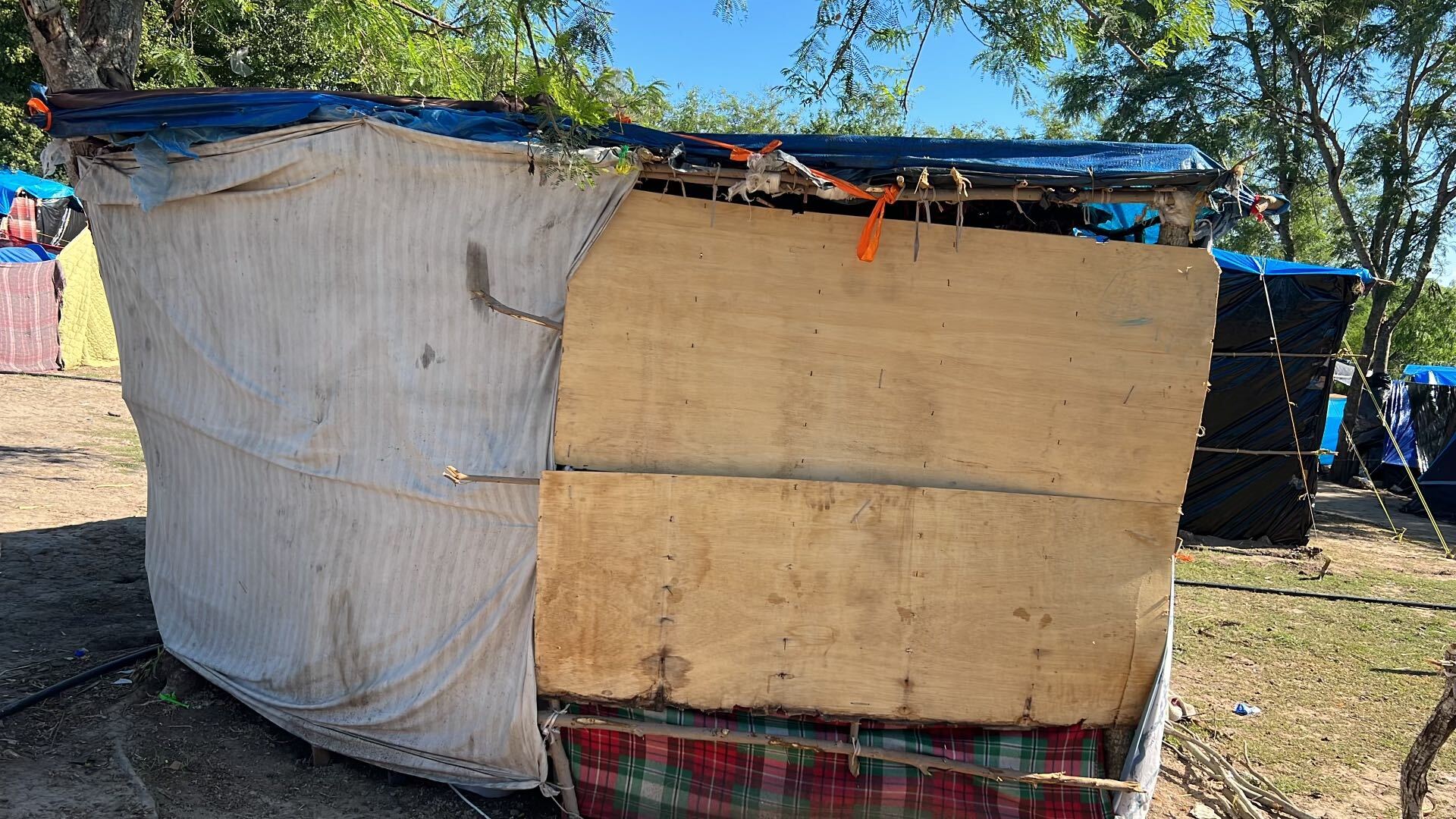
As the U.S. prepares to end a public health policy initiated three years ago next month, immigrants are struggling to stay informed and keep up with changes.
Thousands of immigrants in Tamaulipas, south of the Rio Grande Valley, are waiting to request asylum in the U.S.
However, they have been subject to a COVID-19 policy known as Title 42, a rule that was leveraged 2.7 million times since March 2020 to immediately turn immigrants back to Mexico.
Exceptions from the policy were made for vulnerable migrants through the help of third parties, like non-governmental organizations.
But in late January, U.S. Customs and Border Protection launched an app, CBP One, that cut out the middleman and allowed immigrants themselves to request an exception to Title 42 and schedule an appointment at one of eight international ports of entry along the southern border.
On May 11, the implementation of Title 42 is scheduled to end.
In anticipation of the policy’s termination, this week CBP launched a pilot program in a few select ports of entry to process those seeking asylum expeditiously, according to reporting by the Associated Press. That program could be expanded to the rest of the border in May.
Meanwhile, all the changes prompted confusion among asylum seekers online.
“Is it true that on Thursday they shut down the app?” one app user on a social media group asked. “It’s on May 11,” another person erroneously responded.
In another post, some migrants warned against someone’s claims that the app would stop working on May 11.
Unrest is mounting online and on the ground as efforts ramp up to prepare for the removal of Title 42.


Last week, in Ciudad Juarez, an international bridge was shut down for hours, according to multiple reports, after immigrants protested the app on the Mexican side.
On Monday, the Department of Homeland Security announced an upcoming six-day campaign involving the U.S., Panama and Colombia. Their combined effort will attempt to curb migration through the Darien jungle used by migrants on their way to the U.S.
But for those already waiting on the U.S.-Mexico border, the process remains the same, for now.
A CBP official who spoke on background with The Monitor on Wednesday clarified that asylum seekers, predominantly Venezuelans, Haitians and Russians, can still use the app, even after Title 42 ends. The app will no longer be used to request an exception, but it will still be used to schedule a date to present themselves at the port of entry.
Advocates for immigrants in Tamaulipas said the app is still creating false hope and desperation among users.
In the last five to six days, no one has heard of anyone finding an appointment through the app, according to Felicia Rangel-Samponaro, cofounder of the Sidewalk School, a nongovernmental organization helping immigrants in Reynosa and Matamoros. Sidewalk School staff walked around encampments in both cities this week and were shown multiple screens of stalled apps, error messages and no available appointments.
Recently, Rangel-Samponaro noted the encampments that were mostly tents and tarps have grown into more established settlements with plywood and wooden frames made from thick branches.


For some Android users, the app does not work, users said over the social media groups.
“I saw someone who said to clear the phone cache and after the notifications to try it,” one user told a group after someone mentioned the latest version, 2.45, was available and functioning. “For me, neither the 2.43 or this one works,” someone else responded.
CBP officials said a new version was available for Android and iPhone users and they didn’t require the user to delete and re-download the app.
Later this month, CBP plans to release a desktop version of the app that will allow people without phones to access the system. A date was not disclosed.
U.S. officials expect an increase in people requesting asylum when Title 42 is no longer in place, but CBP officials who spoke on Wednesday did not know whether the CBP One app’s capacity for managing internet traffic will be updated to handle the increase. Initially, the agency had to allocate more servers when the app, originally created to handle other border services, was made available to asylum seekers.
The app has also seen significant issues, as recently as two days ago, that kept some users from accessing the system citing location problems. Users currently must be close to the border to access the process, a requirement enforced by geofencing. CBP officials did not disclose whether the geofencing would be expanded to other parts of the world once Title 42 would end.
With the new program and app challenges, many are left wondering whether they can seek asylum through the application or if they can cross into the U.S. and request it after crossing into the U.S.



